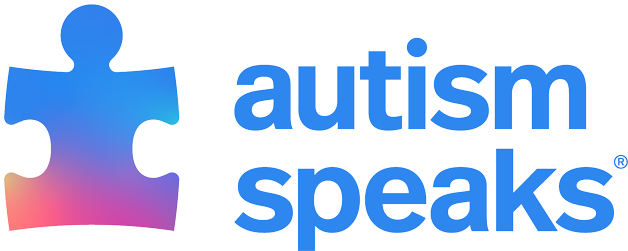Safety Tool Kit
When it comes to identifying safety risks and preventing emergencies for an individual with autism, you and your family are the best advocates, and most likely the people responsible for taking the necessary steps to develop a safety plan.
A safety plan should include key participants - school personnel, daycare providers, neighbors, caretakers, and extended family; anyone involved in your network that has daily contact with the person at risk.
It is critical to take the time to evaluate what your family member needs to be safe and protected at home, school and in his or her community.
Top safety risks for individuals with autism:
- Wandering or eloping from safety
- Pica
- Drowning
- Household toxins
- Misunderstanding related to communication difficulty
Safety plan checklist:
- Does the person with autism tend to wander, run away or get lost in a crowd?
- Have your home, school and community activities been evaluated for safety? Have preventative measures been put into place in each of these areas?
- Does the person ALWAYS wear identification with a contact number listed?
- Have you let your neighbors/community know about your child with autism?
- Are safety skills included in the Individual Education Program in your school district?
- Have you contacted your local 911 call centers?
Be prepared with emergency information at your fingertips:
Use these printable forms and handouts in our Autism Safety Kit to develop a multifaceted safety plan specific to a person with autism's unique needs. Remember, a person with autism's safety needs can change as they get older or when there is a sudden change in routine, so the safety plan should be updated on a regular basis.
